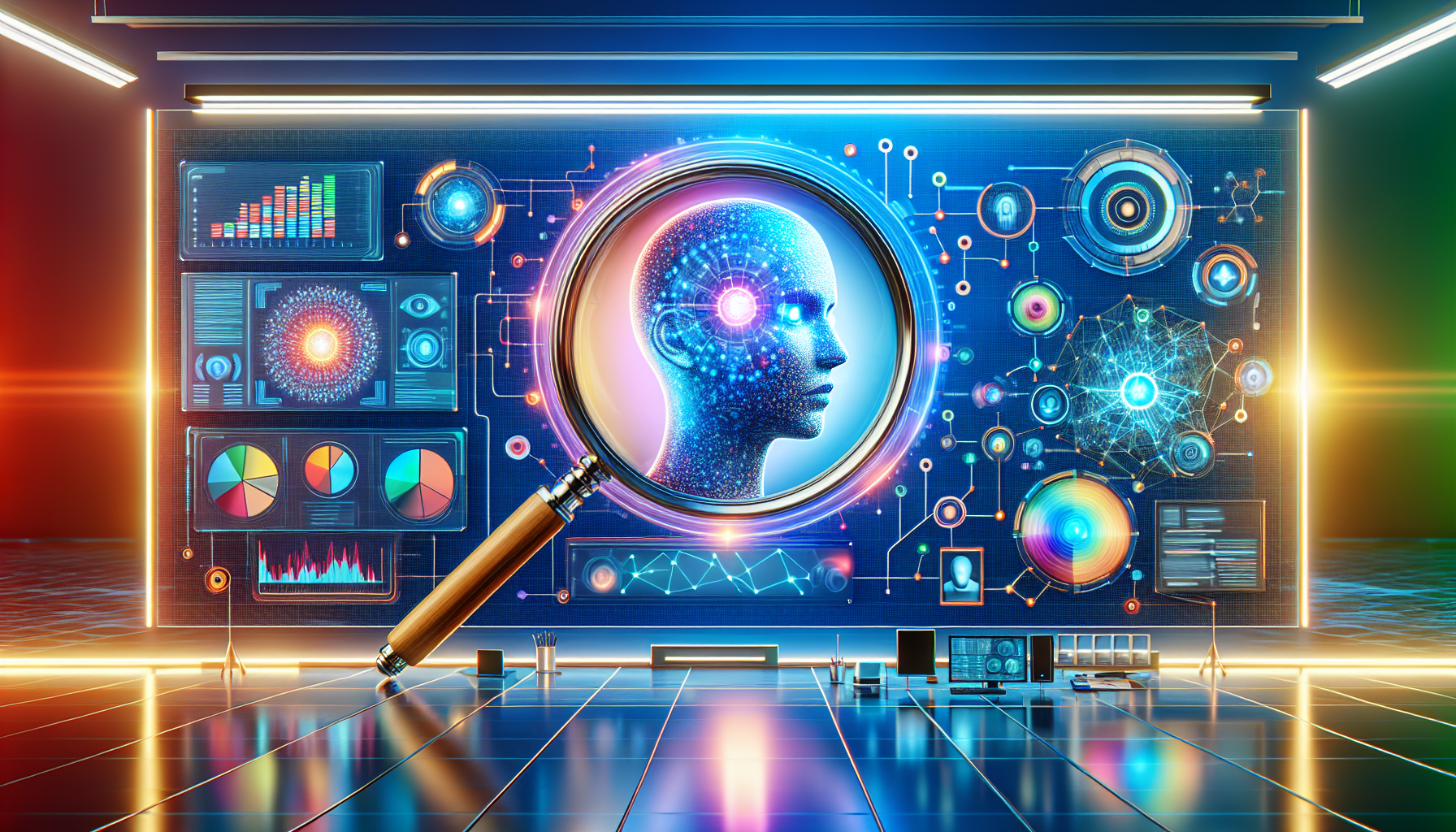Generative AI Breakthrough: Universal Deepfake Detector Sets New Standard
Introduction
The rapid advancement of generative AI has led to a surge in AI-manipulated videos, also known as deepfakes. These synthetic content pose significant risks to individuals, organizations, and societies, as they can be used for misinformation, fraud, and non-consensual media. To combat this threat, researchers from UC Riverside, in collaboration with Google, have developed a universal deepfake detector that sets a new standard for deepfake detection.
The Limitations of Previous Approaches
Existing deepfake detectors have several limitations. They often focus mainly on facial cues, making them vulnerable to newer, more diverse AI-generated media. These detectors struggle with detecting manipulations in backgrounds, non-facial objects, and completely synthetic scenes. Moreover, they are often designed to detect specific types of deepfakes, making them ineffective against novel or unseen manipulation methods.
The Breakthrough: UNITE, the Universal Deepfake Detector
The new detector, called UNITE, uses a transformer-based deep learning model that analyzes both spatial and temporal inconsistencies in video. This approach enables UNITE to detect a wide range of AI-manipulated videos, including not just face-swaps, but entirely synthetic content and background manipulations. The detector leverages a foundational AI framework (SigLIP) and a novel "attention-diversity loss" technique, encouraging the model to examine multiple regions of each frame. This prevents overfitting to facial features and enables detection of manipulations in backgrounds, non-facial objects, and completely synthetic scenes.
Technical Innovation
UNITE's architecture and training methods address the shortcomings of face-centric, outdated, or generator-specific detectors. The detector's ability to analyze both spatial and temporal inconsistencies in video makes it a truly universal detector, capable of detecting a broad spectrum of manipulations with unprecedented accuracy.
Breadth of Detection
Unlike traditional methods, UNITE can flag a variety of forgeries, including fully AI-generated videos and background alterations. This makes it an essential tool for detecting and mitigating the risks associated with deepfakes.
Performance
The detector reportedly outperformed all existing published methods on both face-manipulated and fully synthetic video detection tasks, achieving record-breaking accuracy (95–99%). Its universal capability means a single model can generalize across many manipulation types, which is key as generative AI models rapidly evolve.
Response to Real-World Threats
The proliferation of deepfake tools has led to a surge in synthetic content used for misinformation, fraud, and non-consensual media. Prior research shows people are increasingly unable to distinguish real from AI-generated media, emphasizing the urgent need for highly accurate automated detection systems.
Future Directions
Researchers are working on real-time detection capabilities, aiming for deployment in live video calls and integration into social media and enterprise platforms. Other research groups are also developing universal detectors using large pre-trained neural networks for robust detection of images and videos from previously unseen AI generators.
Conclusion
The universal deepfake detector from UC Riverside and Google marks a significant leap forward in the field of deepfake detection. Its architecture and training methods address the shortcomings of previous approaches, setting a new benchmark for the field. Widespread adoption of such technology is crucial to counter the escalating risks of generative AI-fueled misinformation and fraud as deepfakes become more sophisticated and accessible. As we move forward, it is essential to continue developing and refining detection methods to stay ahead of the evolving threat of deepfakes.

